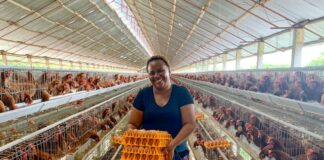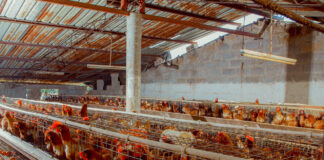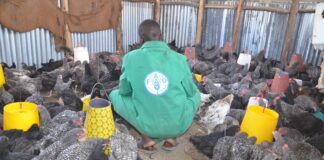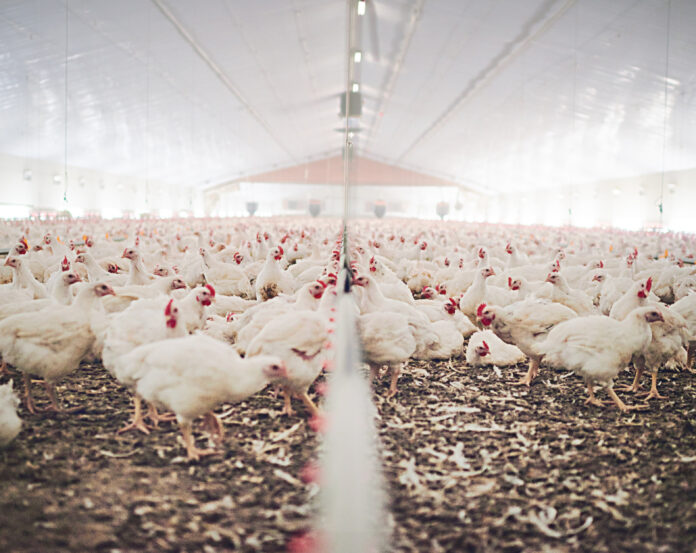
25-hydroxyvitamin D3 from a fermentative source was supplemented to broiler-breeders in two separate trials, compared to standard basal diets without a 25-hydroxyvitamin D3 source. Benefits in terms of reduced day-old chick (DOC) and early embryo mortality were recorded in a dose-response manner for animals supplemented with 25-OH D3, as well as an overall improved eggshell quality.
Poultry diets have developed over the years, including an increased interest in nutrients such as vitamins and minerals. A good example of the latter is vitamin D, mainly known for its involvement in the calcium metabolism and bone strength (Khan et al., 2021).
However, there is more to vitamin D than this. Vitamin D (sub-)deficiencies have been clearly associated with increased mortality and reduced immunological responses, highlighting the broad importance of the vitamin beyond skeletal integrity (Khan et al., 2021; Hashim et al., 2023). This has led to more recent research focusing on the use of different vitamin D metabolites to improve other parameters in poultry, including its use in broiler-breeder diets.
Of these metabolites, 25-hydroxy vitamin D3 is of major interest: it has a long half-life, acts as the major reserve form of vitamin D within the body and does not rely on the liver in the remainder of the metabolic vitamin D pathway (Sakkas et al., 2018). Within the group of 25-OH D3 metabolites, the main difference comes down to the production process: either via a synthetic pathway, or via fermentation. In the trials at hand, the first commercially available 25-OH D3 of fermentative origin was put to the test (Bio D®, Huvepharma).
Method
Two trials were performed at a commercial research centre in France with the treatments listed in Table 1. For the first trial, a total of 1080 female broiler breeders of the Hubbard D line were used. These were divided at random into 3 batches of 360 female broiler breeders each, divided over 45 repeats of 24 females each (4 hens/cage x 6 cages/repeat). The trial ran for 70 days, from week of age 52 to 62. Egg quality and embryo mortality were evaluated at two different time points (57 and 62 weeks of age).
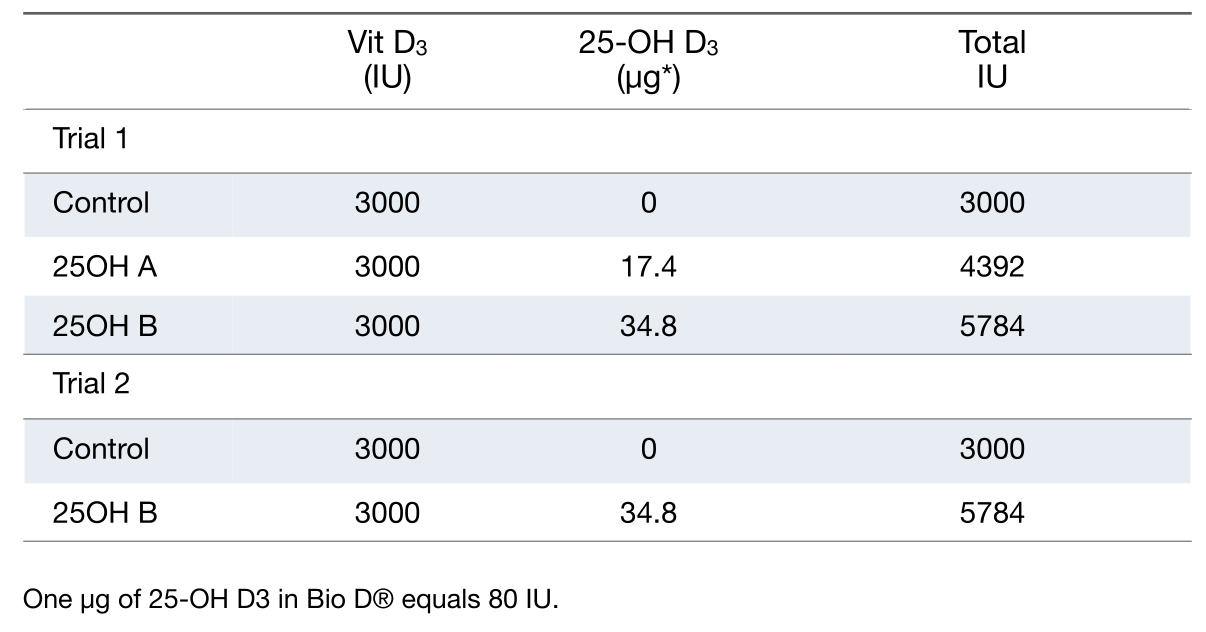
For the second trial, a total of 720 female broiler breeders of the Hubbard D line were used. These were divided at random in 3 batches of 240 female broiler breeders each, divided over 10 repeats of 24 females each. The trial ran for 105 days, from week of age 48 to 62. In this trial, hatching performance as well as DOC and embryo mortality were evaluated.
Data was analysed using SAS software with the correct statistical models (GLM procedure, alpha = 5%). Models had the following constraints:
- data from each population had to be normally distributed with an even variance;
- data was obtained independently.
Normality was tested with a Shapiro test. Evenness of variances was tested with Bartlett test. If one of the constraints above was not respected, a Kruskal-Wallis test was used.
Results
In the first trial, the inclusion of 25-OH D3 in the feed significantly improved mortality parameters, in a dose-response fashion (Figure 1). Broiler breeders in the 25-OH D3 groups also noted an improved egg quality (Table 2).
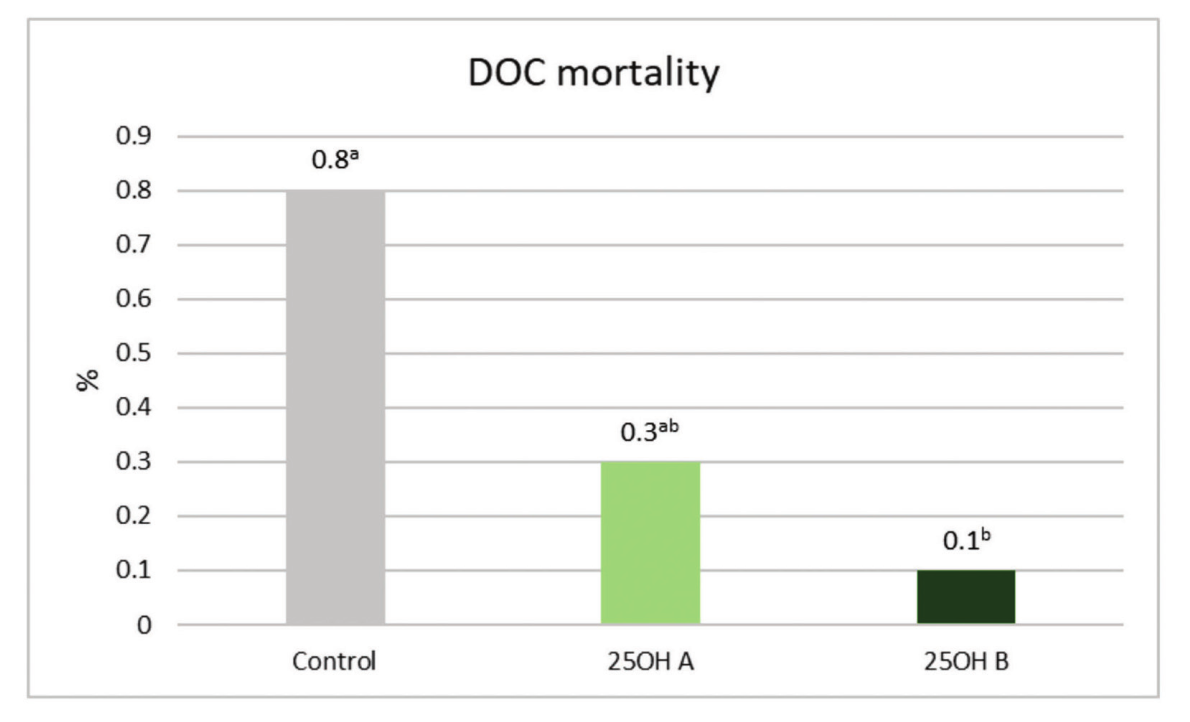

In the second trial, supplementing 25-OH D3 significantly decreased early embryo mortality (<7 days) and total embryo mortality, whilst DOC mortality improved numerically.
Similarly, broiler-breeders in this group noted a significantly better hatching performance compared to the control (Table 3).

Discussion and conclusion
In both trials, the addition of 25-OH D3 had clear benefits related to the performance of broiler- breeders. The observed effects occurred in a dose-response manner in trial 1 and were most pronounced in mortality-related parameters.
The current hypothesis to explain these results would be a maternal transfer from 25-OH D3 to the developing eggs, where the increased levels of vitamin D support the early development of the embryo. This transfer-hypothesis is supported by the established use of dietary vitamin D to increase final vitamin D levels in eggs for human consumption, known as “functional food”. Regarding improved eggshell quality, the role of calcium in the formation of eggshell is well-established. As vitamin D is tightly linked with the calcium metabolism, improving the vitamin D status of the animal impacts its calcium metabolism as well.
The results underline the importance of adding an effective 25-OH D3 metabolite in broiler-breeder operations, even if animals are already supplemented with standard levels of regular vitamin D3.
References are available on request
From the Proceedings of the Australian Poultry Science Symposium 2024











